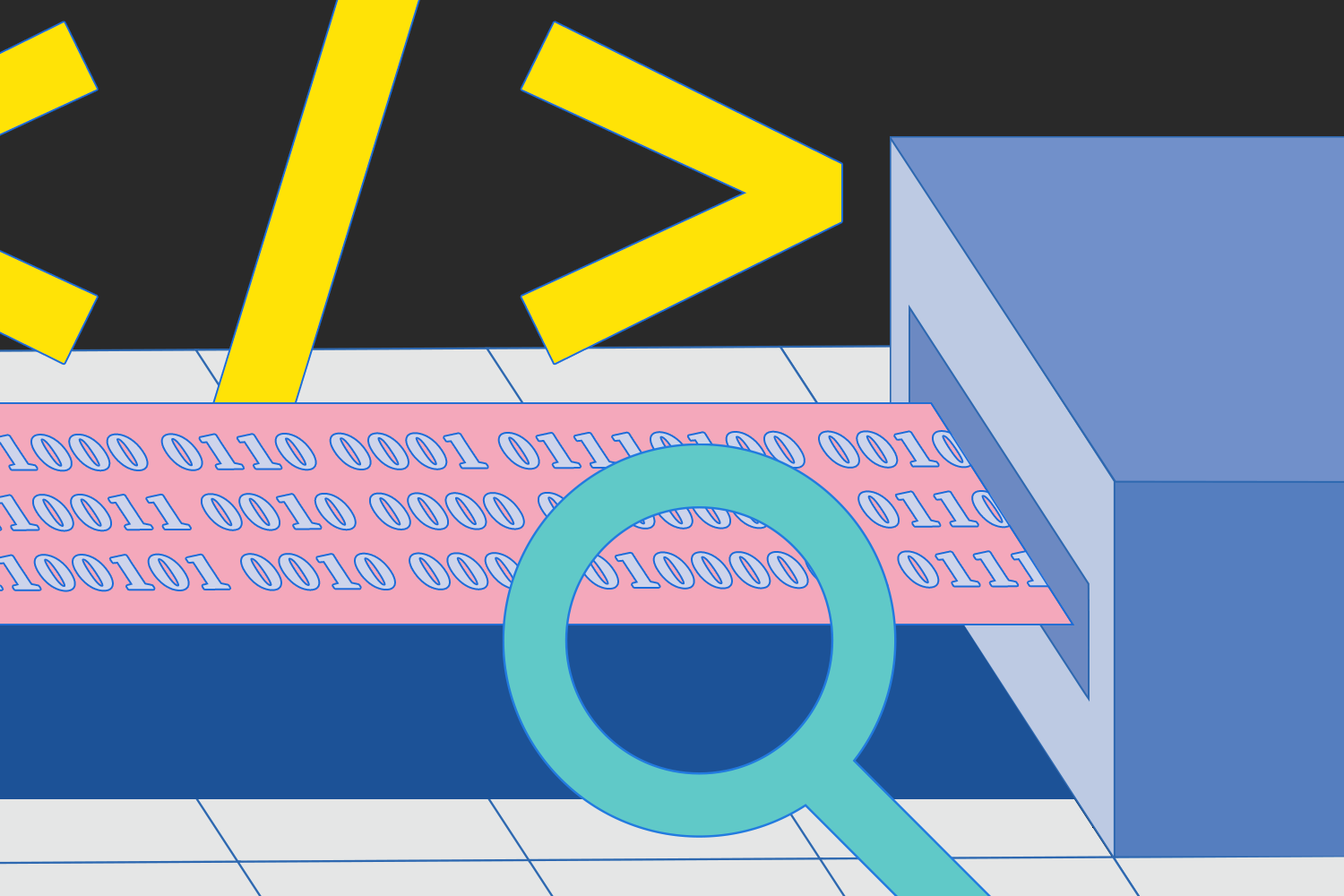The Developer’s Guide To Conducting Code Audits

Code audits are an essential part of the software development lifecycle and can help to improve the quality, security, and maintainability of your code. By taking the time to review your code regularly, you can identify and fix potential problems before they become major issues.

There are many different ways to conduct a code audit, but the following steps will give you a good starting point:

-
Plan Your Audit – Before you begin your audit, take some time to plan what you want to achieve. Consider the scope of the audit, the level of detail you want to go into, and the resources you have available.
-
Gather Your Tools – There are several tools available to help you conduct code audits. These tools can help you identify potential problems, check for compliance with coding standards, and track your progress.
-
Review Your Code – The next step is to actually review your code. This can be a time-consuming process, but it’s important to be thorough. Look for potential problems such as security vulnerabilities, performance issues, and maintainability concerns.
-
Document Your Findings – As you conduct your audit, be sure to document your findings. This will help you track your progress and share your results with others.
-
Fix the Problems – Once you’ve identified the problems in your code, it’s time to fix them. This may involve refactoring your code, fixing bugs, or updating your documentation.
-
Follow Up – After you’ve fixed the problems in your code, it’s important to follow up to make sure that they’ve been resolved. This may involve running additional tests or checking in with other developers.
Code audits are an essential part of the software development lifecycle and can help to improve the quality, security, and maintainability of your code. By following the steps outlined above, you can ensure that your code is up to snuff and ready to be released to the world.The Developer’s Guide To Conducting Code Audits
Executive Summary
Code audits are a critical part of the software development lifecycle, helping to ensure that code is secure, efficient, and maintainable. This guide will provide developers with a comprehensive overview of the code audit process, from planning and preparation to reporting and follow-up.
Introduction
Code audits are a systematic examination of code to identify potential issues and ensure that it meets quality standards. They can be performed at any stage of the development lifecycle, from early design to post-deployment maintenance. Regular code audits are essential for maintaining a high level of code quality and preventing costly defects from entering production.
Planning and Preparation
Before conducting a code audit, it is important to:
- Define the scope of the audit: Determine the specific areas of code that will be audited and the specific criteria that will be used to evaluate it.
- Gather relevant documentation: Collect all relevant documentation, such as design specifications, requirements documents, and test plans.
- Select the appropriate tools: Choose code analysis tools that are appropriate for the language and type of code being audited.
- Establish a review process: Define the roles and responsibilities of the individuals who will be involved in the review process, including the auditors, code owners, and project managers.
Code Analysis Techniques
There are a variety of code analysis techniques that can be used during a code audit, including:
- Static analysis: Analyzes code without executing it, identifying potential issues such as syntax errors, coding style violations, and potential vulnerabilities.
- Dynamic analysis: Executes code and monitors its behavior, identifying issues such as performance bottlenecks, memory leaks, and security flaws.
- Manual review: Involves human reviewers examining code line-by-line to identify issues that may not be detected by automated tools.
Code Review Criteria
Code audits should be conducted using a set of specific criteria, such as:
- Security: Ensure that code is secure against potential vulnerabilities and attacks.
- Efficiency: Identify potential performance bottlenecks and areas where code can be optimized.
- Maintainability: Evaluate the ease with which code can be modified and maintained.
- Compliance: Verify that code complies with applicable standards and regulations.
- Readability: Assess the clarity and readability of code, ensuring that it is easy for other developers to understand.
Reporting and Follow-Up
After completing the code audit, it is important to:
- Generate a detailed report: Summarize the findings of the audit, including a list of identified issues and recommendations for remediation.
- Distribute the report: Share the report with all relevant stakeholders, including developers, project managers, and security teams.
- Track and manage issues: Establish a system for tracking and managing identified issues, ensuring that they are resolved in a timely manner.
- Follow up on recommendations: Monitor the progress of code remediation efforts and provide follow-up support as needed.
Conclusion
Code audits are a valuable tool for identifying and correcting potential issues in software code, helping to increase quality, security, and maintainability. By following the steps outlined in this guide, developers can effectively conduct code audits and ensure that their code meets the highest standards.
Keyword Tags
- Code auditing
- Code analysis
- Code review
- Software quality
- Software development
